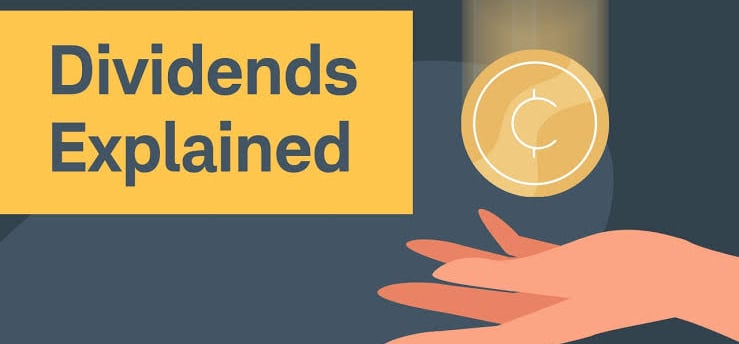Add your promotional text...
Crafting a Resilient Dividend Portfolio: A Step-by-Step Guide
Synopsis: Benjamin Graham's investment wisdom underscores the significance of dividends in a robust portfolio. While capital gains often steal the limelight, dividends provide stability and reliable income, especially in volatile markets. This guide delves into building the ultimate dividend portfolio, highlighting the importance of selecting consistent dividend payers, evaluating financial health, and continuous monitoring. Learn how to create a balanced investment strategy that combines security with growth, ensuring steady returns even in uncertain times.
LEARNING AND EDUCATION
By Ashok Singh
6/14/20242 min read


Benjamin Graham once said, “The true investor will do better if he forgets about the stock market and pays attention to his dividend returns and to the operational results of his companies.” This wisdom underscores the importance of dividends in investment strategy. While capital gains attract the spotlight, dividends offer a less glamorous but equally powerful way to build wealth. In this blog, we’ll explore how to construct the ultimate dividend portfolio, focusing on stability and steady income.
Understanding Dividend Investing
Dividend investing diverges from the capital gains approach. While growth investors chase rising stock prices, dividend investors prioritize stability and consistent returns. The allure of capital gains is undeniable, but dividends provide a foundation of reliability, especially in volatile markets.
Since the COVID-19 crash in 2020, Indian retail investors have shown remarkable resilience, continuing to invest despite market fluctuations. This sustained investment can be attributed to the stabilizing effect of dividend-paying stocks, which have offered a buffer against the market’s volatility during 2022 and 2023. During periods of high inflation, dividends have delivered steady income and moderate returns, reinforcing their value.
Benefits of Dividend Stocks
Dividend stocks offer several advantages:
1. Stability: Companies with a strong dividend history tend to have robust financials.
2. Income: Dividends provide a steady income stream, crucial during market downturns.
3. Incentives for Companies: Companies paying dividends are motivated to maintain profitability, benefiting shareholders.
Building the Ultimate Dividend Portfolio
To construct a dividend portfolio that stands the test of time, follow these steps:
Step 1: Shortlist Dividend-Paying Stocks
Start by identifying companies with a long track record of paying dividends. A consistent dividend history suggests reliability and financial health. Avoid companies with erratic or non-existent dividend payouts, as they are unsuitable for a dividend-focused strategy.
Tip: Utilize tools like Equitymaster’s stock screener to filter and identify potential dividend-paying stocks quickly.
Step 2: Evaluate Financials
A company’s dividend history alone isn’t enough. Delve into its financial health. Assess factors like debt levels and earnings stability. Some investors might tolerate higher debt for growth potential, while others may prefer low-debt, stable companies. Match your choices to your risk tolerance.
Step 3: Focus on Growth and Competitive Advantage
Seek companies that not only pay dividends but also have the potential to increase them. Growth ensures dividends keep pace with inflation, enhancing your income over time. Additionally, evaluate the company’s competitive advantage. A strong market position helps sustain and grow dividends.
Step 4: Assess Dividend Yield
Dividend yield, calculated as dividend per share divided by stock price, indicates the income generated from an investment. While a high yield is attractive, it can sometimes signal limited growth prospects. Prioritize companies with sustainable and potentially increasing dividends over those with temporarily high yields due to market factors.
Step 5: Continuous Monitoring
Regularly review the fundamentals of your portfolio companies. Market conditions change, and companies can encounter challenges. Stay informed about industry trends and company developments. Replace underperforming stocks with better prospects to maintain the portfolio’s strength.
Common Pitfalls to Avoid
Chasing High Yields: Don’t be lured by high yields alone. Evaluate the sustainability of the dividends.
Ignoring Market Sentiment: Understand why a stock is cheap. Sometimes the market is correct in its assessment.
Neglecting Portfolio Maintenance: Continually monitor and adjust your portfolio to ensure it aligns with your investment goals.
In Conclusion, Dividends play a crucial role in investment strategy, especially during volatile periods. The resurgence of interest in dividend stocks highlights their value as a steady income source and inflation hedge. By carefully selecting and managing dividend-paying stocks, investors can build a resilient portfolio that delivers consistent returns.
